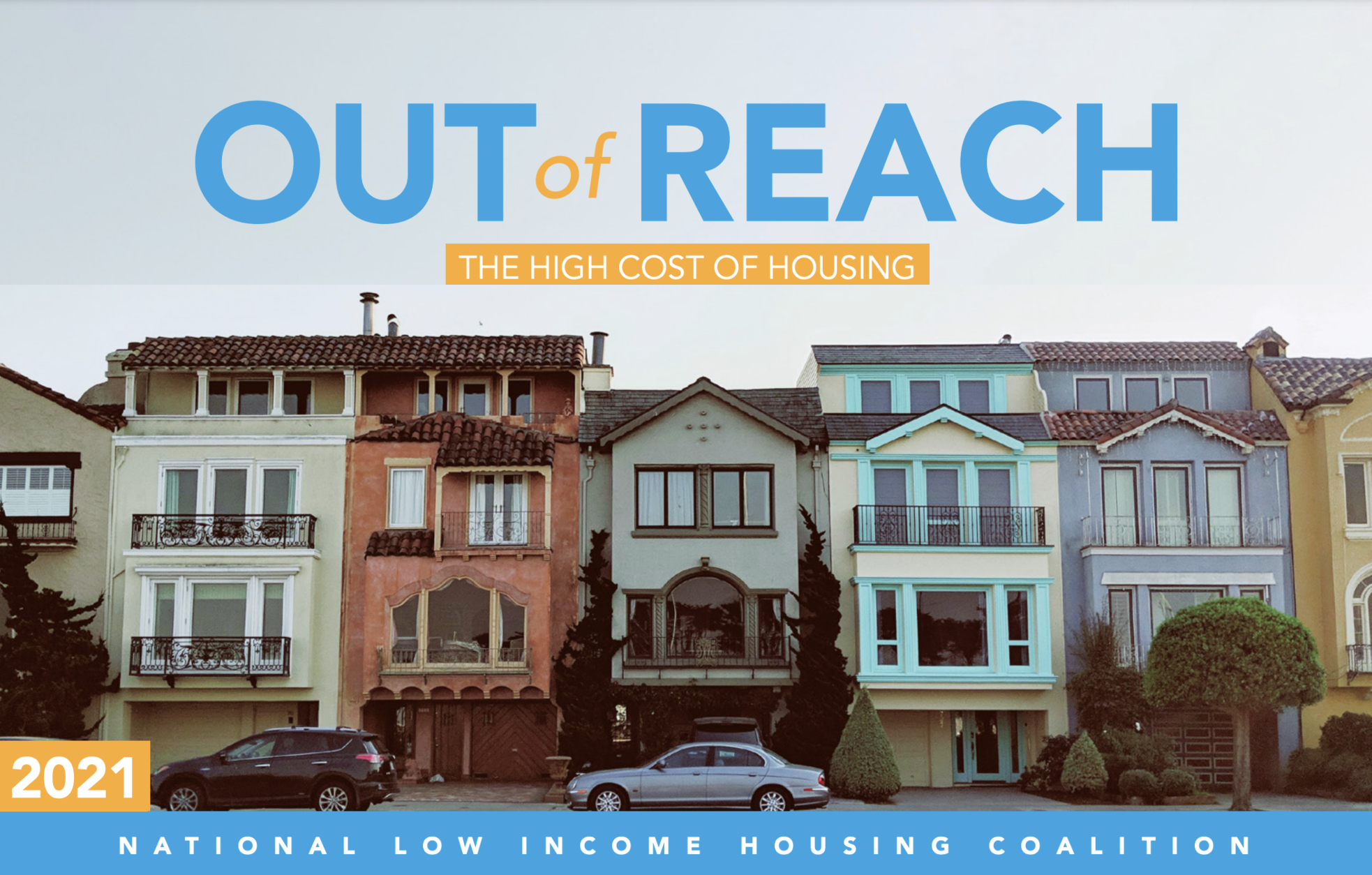Housing crisis grows as wages fall farther behind rising rents: Out of Reach 2021 report
For most low-wage workers, decent rental housing is unaffordable — nationwide and in Missouri.
The newly released National Low Income Housing Coalition Out of Reach report for 2021 finds that while wages have been stagnant or slow to rise, rents continue to climb.
In no state, metropolitan area, or county in the U.S. can a worker earning the federal or prevailing state or local minimum wage afford a modest two-bedroom rental home at fair market rent by working a standard 40-hour work week.
In 45 states and the District of Columbia, median gross rents increased faster than median renter household income between 2001 and 2018. In only 7% of all U.S. counties (218 counties out of more than 3,000 nationwide, not including Puerto Rico) can a full-time minimum-wage worker afford a one-bedroom rental home at fair market rent.
In Missouri, the Fair Market Rent for a two-bedroom apartment is $867. In order to afford this level of rent and utilities — without paying more than 30% of income on housing — a household must earn $2,888 monthly or $34,662 annually.
That means, someone working 40 hours a week, would have to earn $16.66 an hour to affordably rent a two-bedroom household — in a state where the minimum wage is $10.30. In Kansas City, the costs are higher. A full-time worker would have to earn $19.63 an hour to affordably pay rent.
The new report “outlines the urgent need for our government to expand affordable housing,” Marcia Fudge, the U.S. Secretary of Housing and Urban Development, said in the introduction.
“Job losses and an uneven recovery have hit communities of color especially hard,” she said. “This includes many landlords of color who have lost rent payments.”
“Even before the pandemic,” she continued, “our nation had a shortage of 7 million affordable and available homes for renters with the lowest incomes. As a result, 70% of these households routinely spent more than half of their incomes on rent. They have little ability to save—and one emergency or unexpected expense could send them into homelessness.
“To make matters worse, three out of four very low-income renters who are eligible for federal rental assistance do not receive it. We can and must do more.”
Fifty local jurisdictions have minimum wages higher than the federal or state minimum wage, but these local minimum-wage ordinances all fall short of the local one-bedroom and two-bedroom Housing Wage. Even the average renter too often does not earn enough to afford a modest rental home.
In 49 states, the District of Columbia, and Puerto Rico, the average renter earns less than the average two-bedroom Housing Wage. North Dakota is the sole exception. In 17 states, including California, Florida, and New York, the average renter earns at least $5.00 less than the state’s average two-bedroom Housing Wage.


